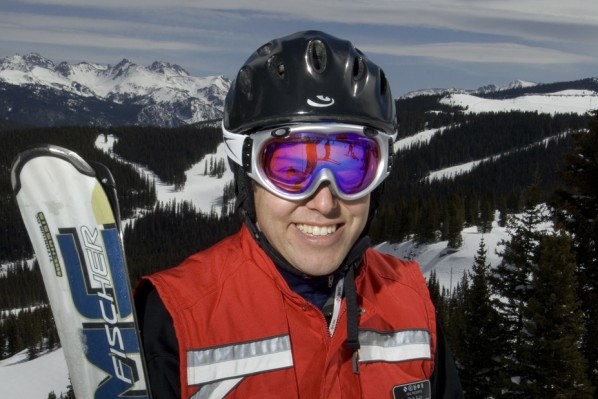Profits on downward slope at Vail Resorts
Vail Resorts has reported a widening fourth-quarter loss as operating expenses continue to increase.
The Colorado-based ski resort operator revealed it lost $41.9 million, or $1.16 per share for the three months ended July 31st 2010, compared with $38.7 million, or $1.07 per share, a year ago.
Total segment operating expenses climbed to $166.5 million from $132.6 million.
That was driven by rising real estate operating expenses which jumped to $50.4 million from $17.1 million, largely from property closings.
Revenue for the three months ended July 31st rose 35 per cent to $137.1 million from $101.9 million thanks to real estate sales.
“I am very pleased with the performance that we delivered for fiscal 2010,” said Vail Resorts chief executive Rob Katz.
“Even with snowfall at historically low levels and the slow recovery in consumer spending, we were able to deliver growth in all key segments in our Mountain division: skier visits, lift ticket revenue, dining, ski school and retail/rentals.”

Chief executive Bob Katz remains optimistic
For the full fiscal 2010 Vail Resorts reported earnings of $30.4 million, a 37.9 per cent drop from the previous year.
Revenue was up 34 per cent, from $101.9 million to $137 million.
The company, which operates the Vail, Beaver Creek, Breckenridge and Keystone resorts in Colorado and the Heavenly resort in California, said the drop in income was mainly due to the timing of real estate closings.
For the 2010 fiscal year, mountain segment net revenue increased by 3.9 per cent and total skier visitation improved by 2.5 per cent. Resort revenue was up 2.1 per cent.
2010/11 Season Forecast
Despite the losses Vail remained optimistic with regard to the coming season.
Since June 6th season pass sales at the operator for the 2010/2011 ski season have been tracking well ahead of the prior year and are now only down approximately one per cent in units and sales dollars compared to the same period in the prior year.
This is after having been down 14 per cent and 16 per cent, respectively in June 2010.
“This recent trend supports our statement made in June that we believed the early season decline was due to an unusual timing shift in the prior year selling period and that we would more than make up for that shortfall in the fall of 2010,” added Mr Katz.

